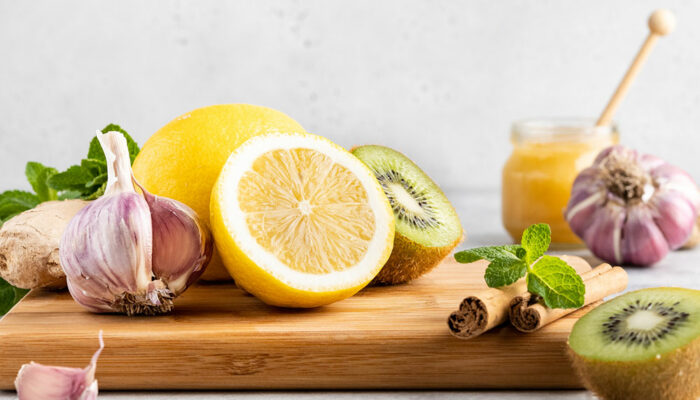
4 anti-inflammatory foods for arthritis
4 anti-inflammatory foods for arthritis Arthritis is an inflammatory condition of the joints and it impacts people across all demographics. Although, people in the age group of 65 years and above tend to be more susceptible to the condition. As it is inflammation of the bones, it can be better managed with the help of food and lifestyle changes. In addition to medications prescribed by doctors like tremfya for arthritis, the following foods can help the patients to a great extent Ginger Ginger possesses the ability to fight off inflammation in the body. It has been found to be particularly effective in treating knee pain that results from osteoarthritis. It contains gingerol, a compound that actively blocks inflammatory pathways and makes it easier to fight off inflammation and strengthen the immune system. Fatty fish Omega 3 fatty acids make freshwater fishes a must-have to fight any inflammatory condition. The same holds true for patients with arthritis. The lower amount of inflammation stands synonymous to lower decreased pain in the joints. Additionally, fatty fishes are an equally rich source of vitamin D, this makes them a nutritionally rich ingredient for people with bone-related issues. Garlic Arthritis causes inflammation owing to its auto-immune response.
Read More 













